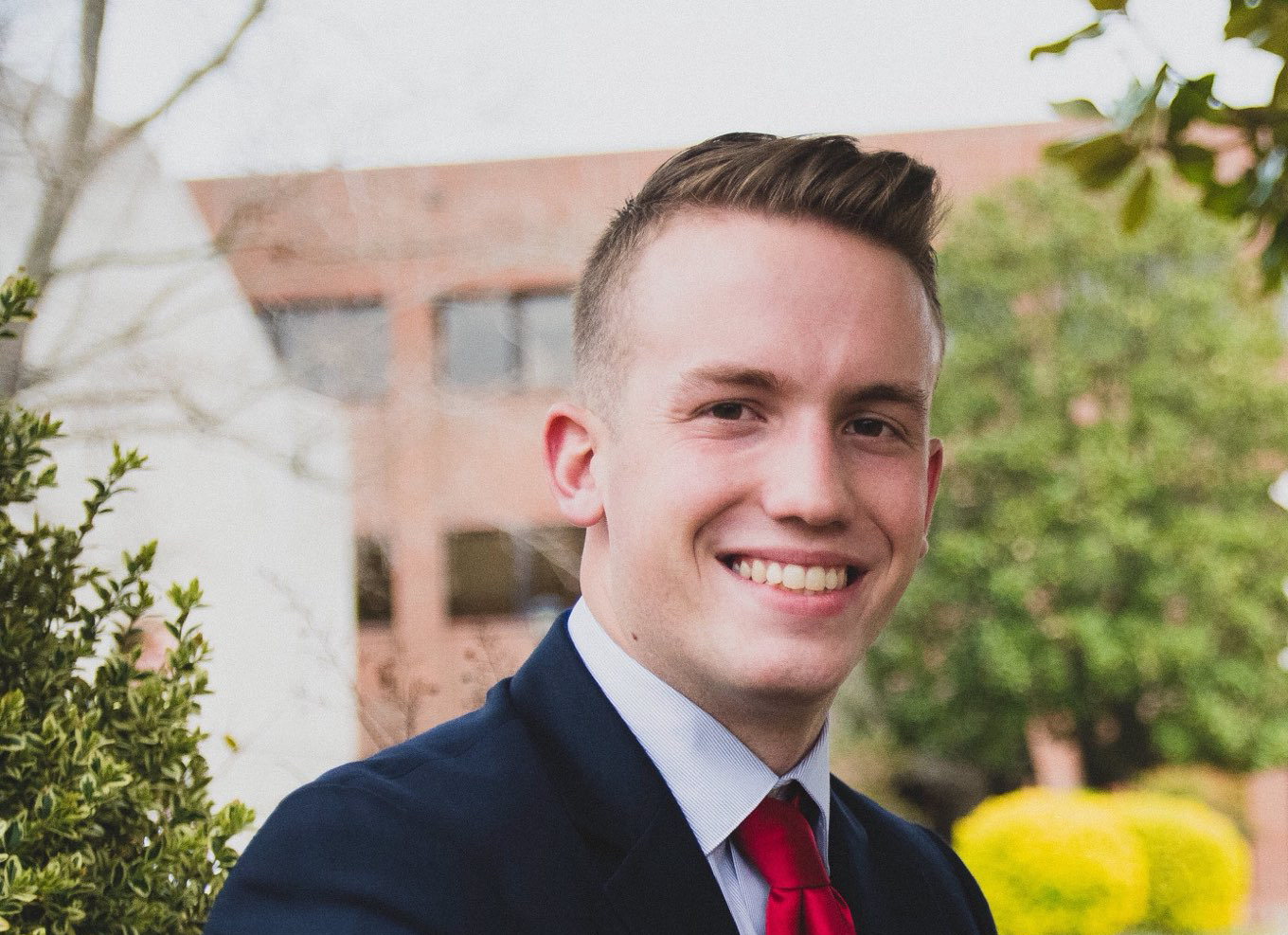–tcomer@my.apsu.edu

The lower class group of the Hunger Banquet presentation learns about global income classes.
Tiffany Comer | staff Writer
World hunger is nothing new, but some of the facts students and faculty learned about it at “The Hunger Banquet,” hosted by Student Life and Engagement at APSU on Wednesday, Nov. 14, were surprising.
Guests who attended the banquet drew a card at the door which told them what income class they were in, and gave them each a name and a brief biography.
The income classes posed an obvious difference in size, with the lower class overflowing, and the upper class composed of only five people.
The lower class was asked to sit on the floor around blankets, the middle class were asked to sit in chairs at a table with plastic plates and silverware and the upper class were asked to sit at a table with a tablecloth, china and crystalware.
Many eye-opening facts and statistics about poverty and homelessness worldwide were presented. A stunning statistic was that the average worldwide income for upper class tops out around $12,000 a year.
This was a hard concept for some students to grasp, considering a typical teenage American can easily make this much money working a minimum wage job.
“When I first realized I drew a middle income card, I thought this would not be bad since I already live in this class, but I have never realized how impoverished the worldwide middle income is. I have always based my knowledge off of American society alone,” said student Jennifer Carpenter.
During the banquet, a meal was served based on the income class guests drew.
The high income group received soda drinks, chicken, grilled zucchini, squash and mashed potatoes.
The middle class received a simple meal of beans, rice and water.
The lower class received only rice and water, with women having to let the men eat their food first.
In America, a middle class meal is more similar to the high class meal presented at the hunger banquet, and this was the intended point.
Hunger is present outside of the U.S. and factors in much lower income class statuses than most Americans expect.
“This banquet made me realize income classes are not as evenly distributed as American society makes them out to be,” said student Kirsty Moore. “I was surprised to see how much larger the lower income at the banquet was than the middle and high income classes.”
Around 870 million people worldwide today do not have enough to eat.
To help out with hunger in the local community, you can visit Student Life and Engagement UC 211 to learn more about the S.O.S. food pantry on campus.







